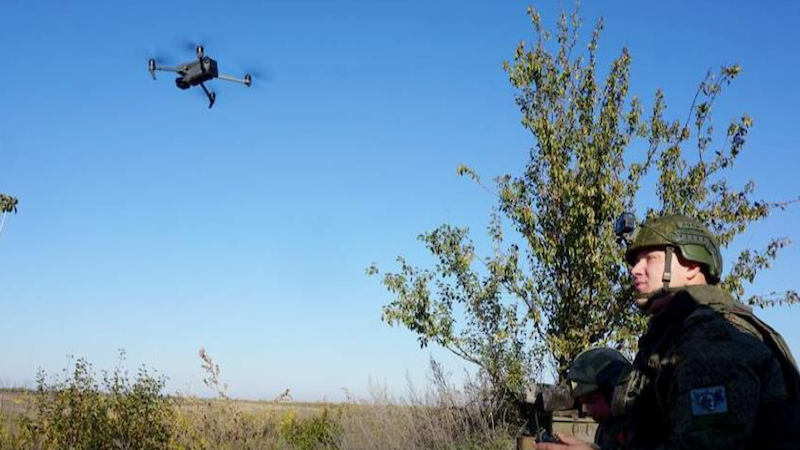
Russia’s Use of Uncrewed Systems in Ukraine
By Jeffrey Edmonds and Samuel Bendett (Bennett is a Fletcher alum.)
EXECUTIVE SUMMARY
- Consistent with Russian military doctrine, the Russian military has used uncrewed aerial vehicles (UAVs) extensively in intelligence, surveillance, and reconnaissance (ISR) operations in Ukraine. This has enabled them to play prominent roles in artillery, counter-battery, and precision strikes missions.
- While ISR drones play a central role in much of the Russian military’s targeting process, it appears that the rate of response is slow, making it challenging to engage targets that are mobile.
- The lag in detection and targeting time highlights the lack of military-grade uncrewed combat aerial vehicles (UCAVs) in Russia’s arsenal. These systems would enable a faster detection to kill time. While the Russian military is clearly investing in these systems as evidenced by military announcements before the war, they are not likely to appear on the battlefield anytime soon.
- Commercial drones have come to the fore in the Russia-Ukraine war to address pressing ISR needs and to serve as rudimentary loitering ammunitions. The Russian military and leadership were slow to accept the roles of the drones but are now encouraging their use by Russian forces.
- Despite the acknowledged importance of these drones, the Russian military industrial complex has been slow to produce them in the significant numbers required by Russian forces. Some of the lack of production likely comes from a lack of domestic capabilities, inter-organizational competition and lack of communication, and a lack of central Russian government leadership on this issue.
- One emergent solution to the commercial drone shortage is the rise of groups within Russia that are funding drones and drone parts for Russian units and acting as thought leaders in how to integrate and use commercial drones in military operations.
- Tactics, techniques, and procedures (TTPs) for using drones have been developed through experience on the battlefield. Observations of Russian and Ukrainian use of drones by domestic groups in Russia have prompted initiatives to provide Russian soldiers with standardized training and TTPs for drone use.
- Inexpensive commercial drones that are rigged with munitions are, in many ways, becoming more like munitions in their employment and loss rate; many are seen as expendable, single-use platforms for inflicting damage on military sites and platforms. This use has the added effect of making them expensive targets to counter for air-defense systems, producing potential Ukrainian air-defense employment compromises between protecting military units and critical infrastructure.
- To address their military UAV challenges, the Russians are using Iranian-produced military drones extensively. With ranges in the hundreds of kilometers and antijamming systems, these drones have proved effective at targeting Ukrainian military platforms and critical infrastructure.
(This post is republished from CNA.)
